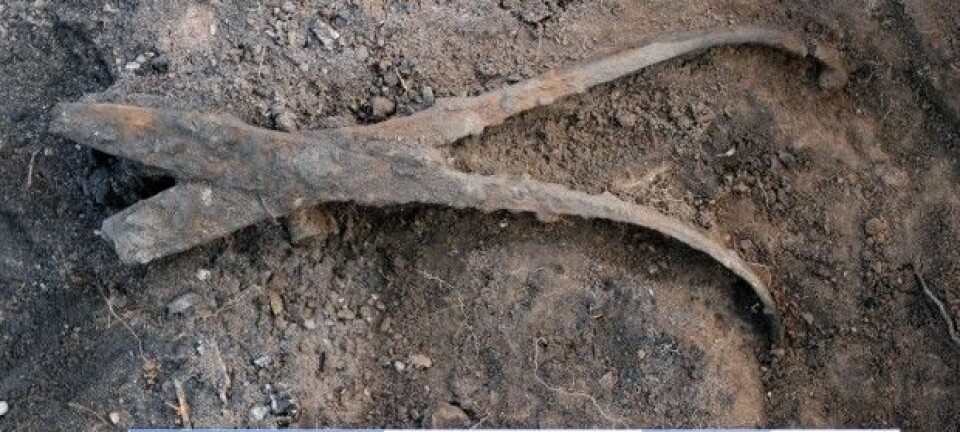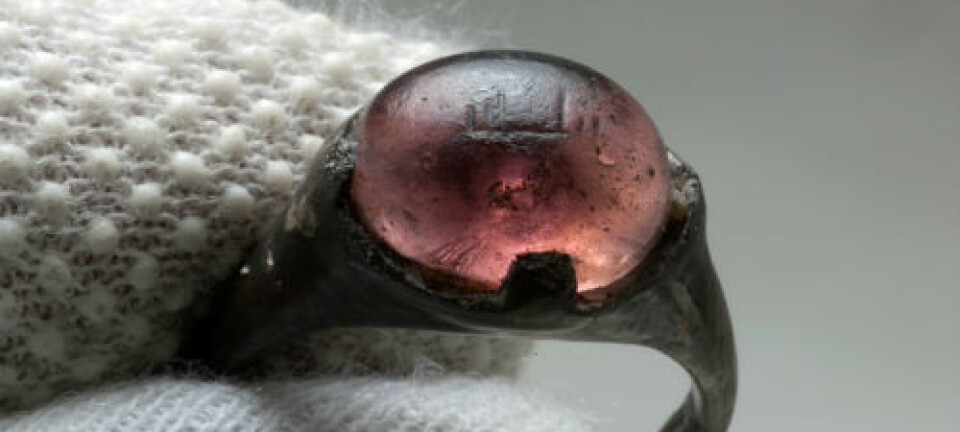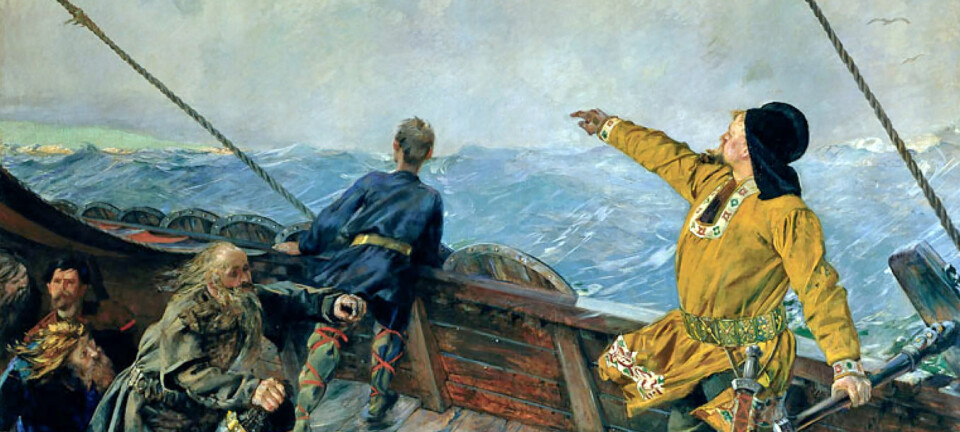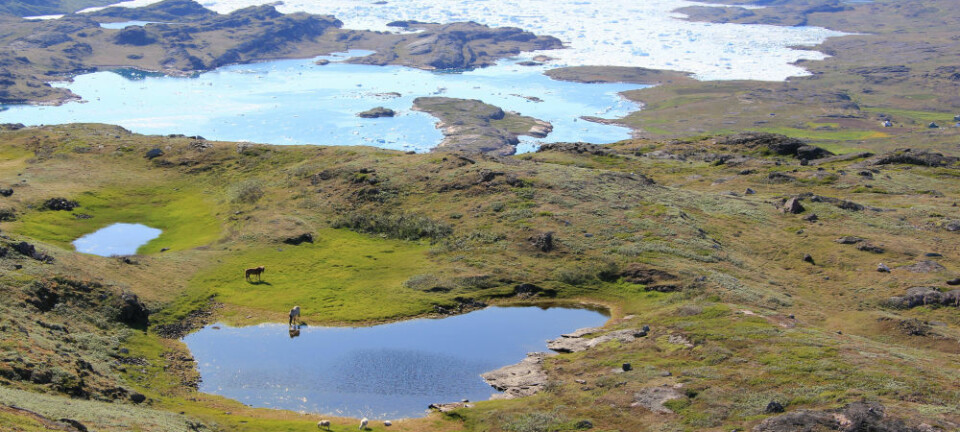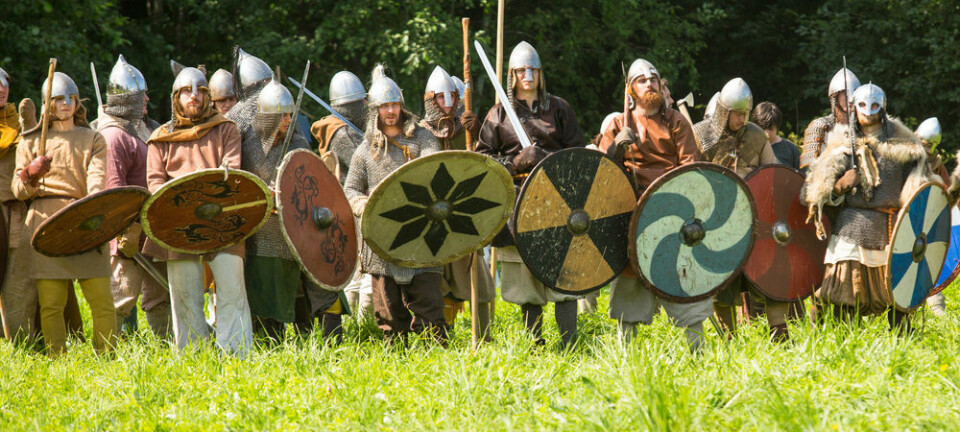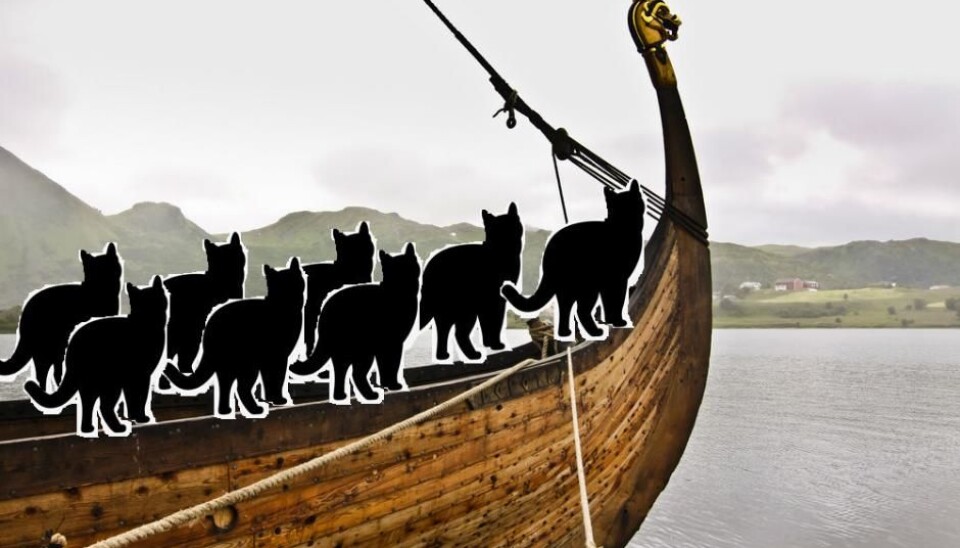
Viking sailors took their cats with them
The largest genetic study of cats reveals how our furry friends spread out across Europe, Asia, and Africa, and even hitched a ride aboard Viking ships.
The world’s first large study into ancient cat DNA reveals that the earliest ancestors of our furry friends reached Eurasia and Africa at the same time as early farmers, and were later helped by mariners, including the Vikings.
Scientists sequenced the DNA from 290 cats from more than 30 archaeological excavations throughout Europe, the Middle East, and Africa, including the remains of a cat in a Viking grave in northern Germany.
“There are so many interesting observations” in the study,” says Population Geneticist Pontus Skoglund from Harvard Medical School, USA. Skoglund was not involved in the new research, but he saw the results presented during a conference in Oxford, UK.
“I didn’t even know there were Viking cats.” he says.
Of course, Vikings had cats
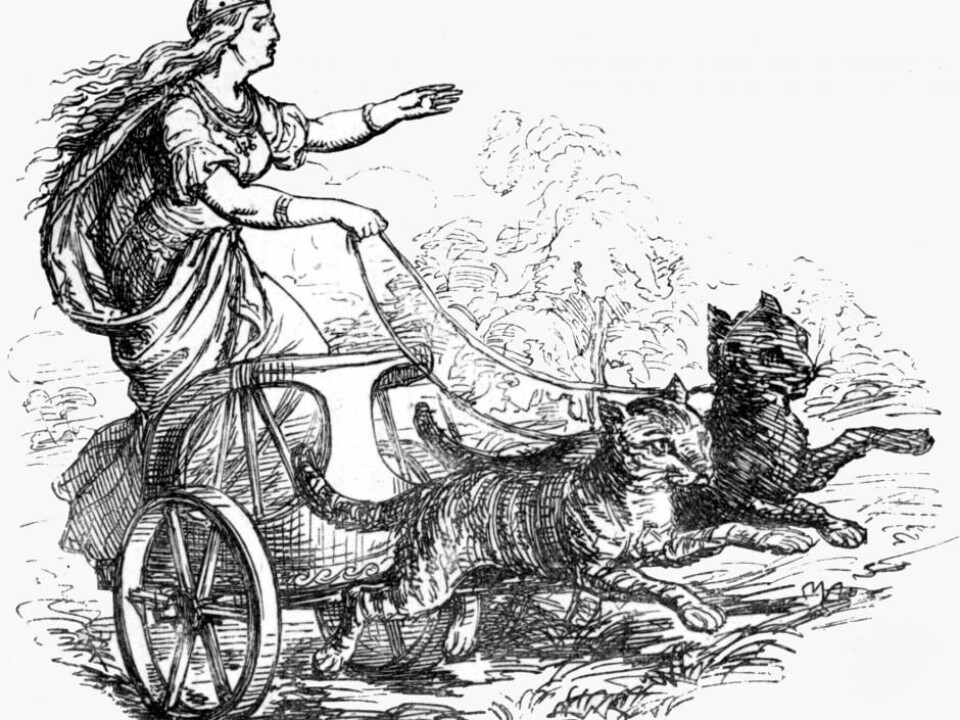
Cats are a recurrent theme in Norse mythology, says Jes Martens from the Cultural History Museum in Oslo, Norway.
“Freja, the goddess of love, had two cats that pulled her carriage. And when Thor visited Utgard, he tried to lift the giant, Utgard-Loki’s cat. It turned out to be a serpent, the Midgard Serpent, which not even Thor could lift,” says Martens.
If the Vikings had so many stories involving cats, then it makes perfect sense that they took cats with them on long voyages, he says.
Cats spread out in two waves
In the new study, samples were taken the remains of cats that date to as recently as the 18th century and as far back as the early Stone Age, around 8,900 to 3,900 years ago, when Europeans had not yet adopted farming and still led a hunter-gatherer lifestyle.
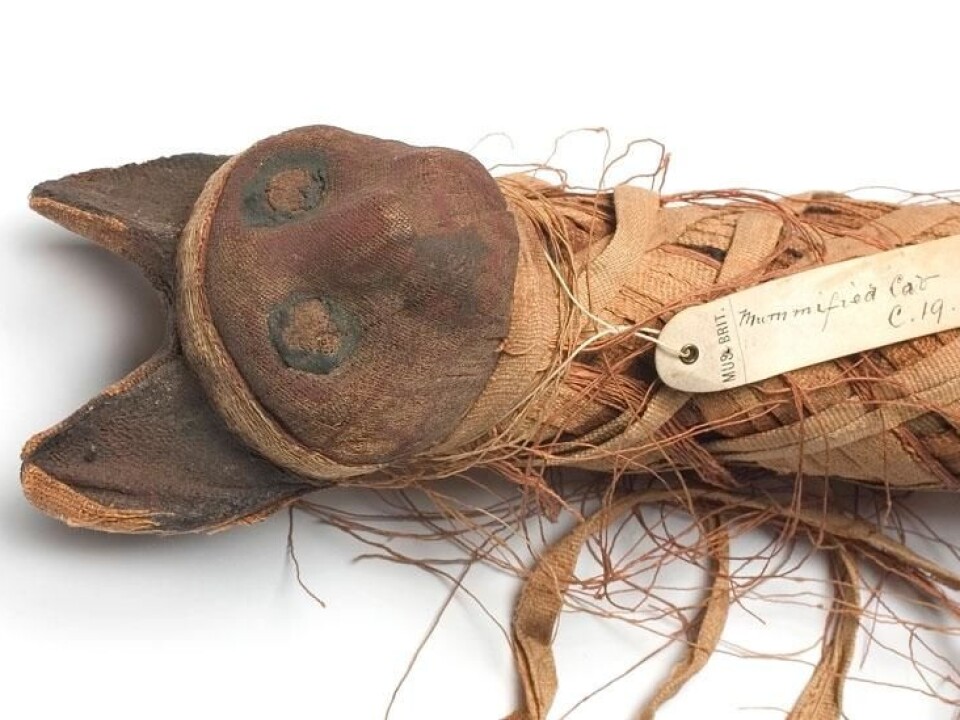
The scientists behind the new research discovered that cats spread around the world in two waves.
The first wave arrived with the earliest farmers in the eastern Mediterranean, as indicated by the discovery of 9,500 year old grave in Cyprus. It contained the remains of a cat and suggests that the relationship between humans and cats dates all the way back to the early days of farming.
The second wave took place thousands of years later as cats from Egypt quickly spread to the rest of Africa and Asia. Their genetic markers were discovered in cats from Bulgaria, Turkey, and sub Saharan Africa that also date to around the same time.
Cats took care of the rodents
Scientists behind the new study speculate that the friendship between people and cats arose as early farmers began to store grain. The grain attracted rodents, which in turn attracted wild cats, and so began the mutually beneficial relationship with our feline friends.
Cats also helped to keep down the numbers of rats and mice on ships, during long voyages at sea, says lead-author Eva-Maria Geigl, an evolutionary geneticist with the Institut Jacques Monod, Paris, France.
She points to a Viking grave, discovered in northern Germany that is believed to date back to somewhere between the 8th to 11th century CE.
Vikings wore cat skins
Conservator, Kristian Gregersen from the Natural History Museum of Denmark conducted a search of the museum’s database of archaeological finds and has no doubt that cats were commonplace in Viking and Iron Age Denmark and that people commonly wore cat skins by the late Viking Age.
“We are sure that there were domestic cats then, because of their size. Small cats accompany people, and they are nowhere near the size of wild cats,” says Gregersen.
According to archaeologist Christian Koch Madsen from the National Museum in Copenhagen and the National Museum in Nuuk, Greenland, there is also archaeological evidence that cats made it to Greenland.
“They must have come aboard Viking ships,” he wrote in an email to ScienceNordic.
-------------
Read the Danish version of this article on Videnskab.dk
Translated by: Catherine Jex
